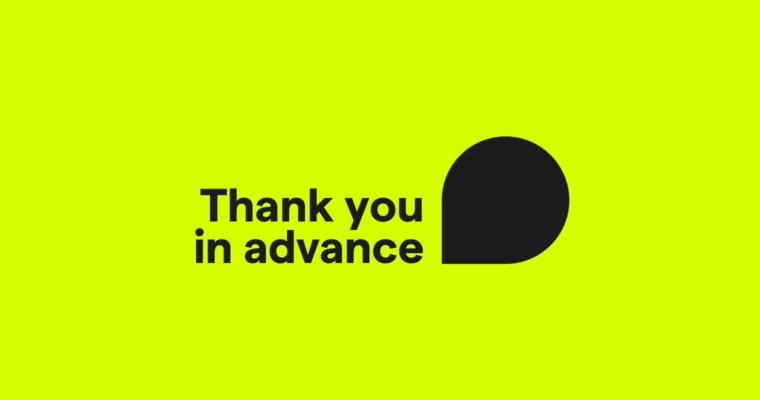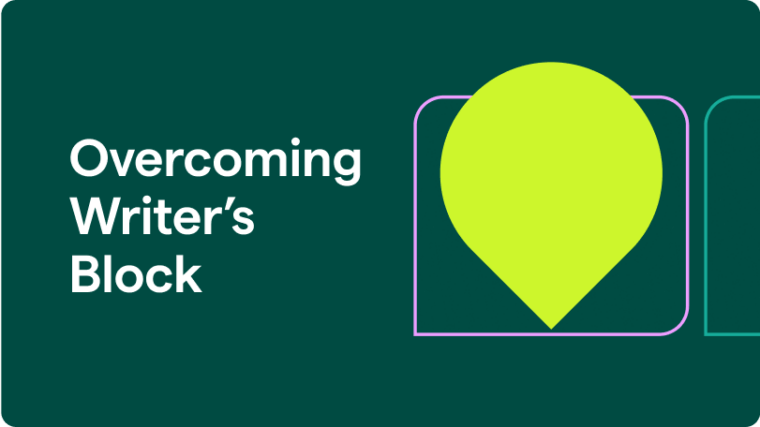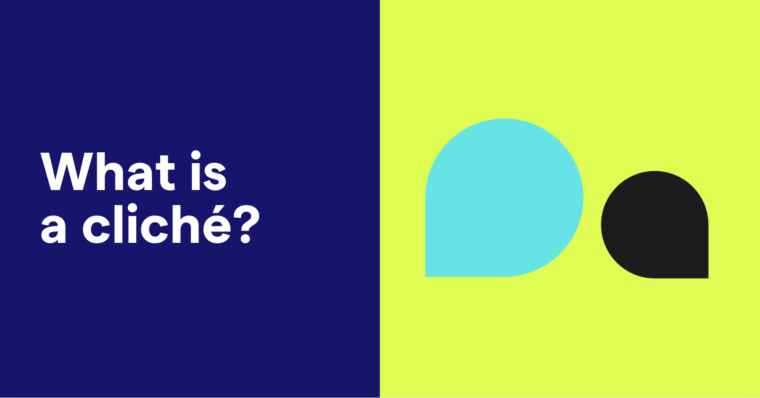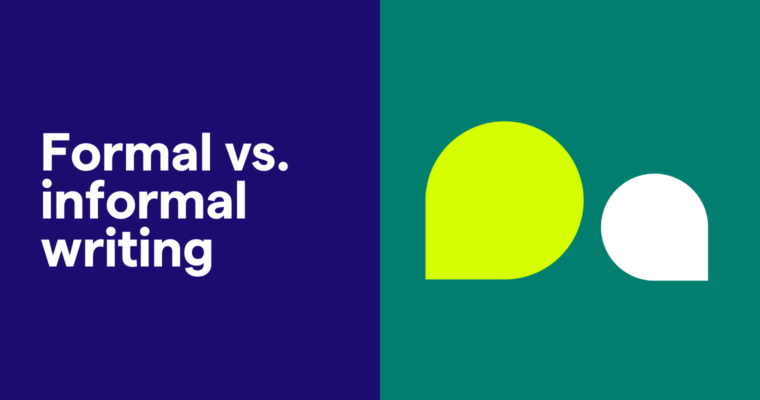
- “Thank you in advance” is a phrase used to express gratitude before a favor or request is completed.
- Saying “Thank you in advance” in an email is appropriate when you’re mindful of the context of your relationship with the recipient.
- You can use “Thank you in advance” when asking for assistance, completing a task, or expecting someone to follow through on a commitment.
- Avoid using “Thank you in advance” in casual contexts or group settings, when a request is uncertain or highly demanding, or when your relationship with the recipient is tense.
- Alternatives to “Thank you in advance” include “Thanks for considering my request,” “Thank you for your time,” “I appreciate any support you can provide on this,” and “Your help would be greatly appreciated.”
In some settings, ending an email with “Thank you in advance” may seem slightly presumptuous. Here, we will explore when to use and when to avoid this phrase, and we will provide 10 alternatives that may better suit your situation.
Table of contents
“Thank you in advance” meaning
Is it OK to say “Thanks in advance” in an email?
When to use “Thank you in advance”
When to avoid using “Thank you in advance”
“Thank you in advance” alternatives
Email example of an alternative to “Thank you in advance”
“Thank you in advance” meaning
“Thank you in advance” is a phrase used to express gratitude before a favor or request is completed. It shows appreciation and anticipation for the support someone is expected to provide and implies that you trust the recipient will help you. It’s often used in requests, showing that you value the recipient’s support even before it is given.
Is it OK to say “Thanks in advance” in an email?
Yes, saying “thanks in advance” in an email is usually OK. Expressing gratitude to the recipient, especially when making a request, is important for facilitating good communication.
However, although this common phrase is generally acceptable in professional emails, it’s not advisable in some situations. Thanking someone in advance may seem presumptuous or even passive-aggressive because it assumes the recipient will grant your request. It can seem like you’re saying, “I expect you to do this.”
Be mindful of the context and your relationship with the recipient. Some recipients may prefer a more straightforward approach without the presumption of help.
When to use “Thank you in advance”
You can use “Thank you in advance” as an email sign-off in the following situations:
- Requests for assistance: When asking someone for help, such as favor, advice, or information
- Task completion: If you need someone to complete a task or project, thank them beforehand to show appreciation for their effort.
- Formal communication: This phrase can convey a courteous tone in professional emails, but be mindful of your relationship with the recipient.
- Commitments: When expecting someone to follow through on a commitment, showing appreciation beforehand can be encouraging.
Generally, it’s best to use “Thank you in advance” only when you genuinely believe the recipient will help.
When to avoid using “Thank you in advance”
Avoid using “Thank you in advance” in the following situations:
- When the request is uncertain: If you’re unsure whether the person can or will fulfill your request, using this phrase may seem overconfident.
- In casual contexts: It can feel overly formal or unnecessary among friends or peers, especially if a simple “Thank you” will suffice.
- When it’s a demanding request: If your request may be burdensome or difficult, thanking someone in advance might seem dismissive of their potential effort.
- If you have a tense relationship: In situations with previous tension or conflict, it may seem insincere, strike the wrong tone, or make an already-tense relationship worse.
- In a group setting: When you’re addressing multiple people, expressing gratitude might be more effective after acknowledging everyone’s contributions.
If you’re unsure whether using “Thank you in advance” is appropriate, using an alternative is safer.
“Thank you in advance” alternatives
Here are some alternatives to “Thank you in advance” to help avoid any potential misunderstandings in your message.
1 Thanks.
There’s nothing wrong with simply saying, “Thanks.” Taking “in advance” out of your expression of gratitude removes the tone of expectancy and takes some pressure off the receiver. However, “Thanks” can seem vague, especially if you want to show appreciation for something specific. You don’t want recipients to ask themselves, “Thanks for what?”
2 Thanks for considering my request.
This sign-off can work well because it doesn’t presume that the recipient will do anything other than give some thought to what you asked them to do. Using this sign-off in conjunction with a call to action is best. Otherwise, the recipient may consider your request without getting back to you.
3 Thanks for your attention. I’m looking forward to your reply.
This sign-off is professional and direct. It conveys a firm and insistent tone when expecting a reply. Although this option is appropriate for managers communicating with those they supervise, it may be too aggressive when the recipient is a colleague or peer at the same level.
4 Thank you for your time.
Thanking the recipient for their time is an effective way to acknowledge their efforts and show respect for the time they spent reading your email or engaging with you. This phrase conveys a respectful and courteous tone, which is especially important in professional or formal communication.
5 I appreciate your help with [task].
This sign-off works well if someone has already offered assistance or when you’re certain that the recipient will provide it. This approach works best if you have an ongoing dialogue with the recipient or if your working relationship is already cooperative.
6 I appreciate any support you can provide on this.
Showing your appreciation for the recipient’s support is an effective way to convey gratitude and leave a positive impression. It also clearly communicates that you’re seeking assistance or input and invites the recipient to respond and engage with your request.
7 Your help would be greatly appreciated.
Like the previous option, this sign-off shows appreciation for the recipient’s help without assuming they will provide it. It emphasizes gratitude and expresses your need for assistance in a respectful manner.
8 Any guidance you can provide would be invaluable.
This sign-off emphasizes the importance of the recipient’s support while maintaining a professional tone. It directly communicates that you’re looking for advice or help, which can prompt the recipient to take action. By stating that their guidance would be “invaluable,” you show that you respect their expertise and insights.
9 Gratefully, [your name]
Using “Gratefully” followed by your name is a simple way to show gratitude in your sign-off. Although not as specific as some of the other options above, it maintains a formal yet warm tone appropriate for various professional contexts.
10 Use a call to action
If you want the recipient to respond, a call to action (or CTA) can be an effective way to end your message. A CTA is a concise prompt designed to get an immediate response or guide the recipient toward a specific next step. It can help ensure that the recipient is an active participant rather than a passive observer. For example, you could say, “Please take some time this week to brainstorm your ideas and gather relevant research. Let’s share our thoughts in our meeting next Monday.”
Email example of a “Thank you in advance” alternative
Here’s an example of a professional email that requests something from the recipient without using “Thank you in advance”:
Subject: Request for Assistance
Hi [Recipient’s Name],
I hope you’re doing well! I’m reaching out to ask for your help with the upcoming project. Your expertise in this area would be invaluable.
I appreciate your consideration and look forward to your insights.
Best,
[Your Name]
“Thank you in advance” FAQs
Is it appropriate to say “Thank you in advance” in an email?
Saying “Thank you in advance” in an email is appropriate as long as you’re mindful of the context of your relationship with the recipient. You can use it when asking for assistance, completing a task, or expecting someone to follow through on a commitment.
When should you avoid saying “Thank you in advance”?
Avoid using “Thank you in advance” in casual contexts or group settings, when the request is uncertain or demanding, or when you have a tense relationship with the recipient.
What are some “Thank you in advance” synonyms?
Some other ways to say “Thank you in advance” include:
- Thanks for considering my request.
- Thanks for your attention. I’m looking forward to your reply.
- Thank you for your time.
- I appreciate any support you can provide on this.
- Your help would be greatly appreciated.
- Any guidance you can provide would be invaluable.
- Gratefully, [your name]






